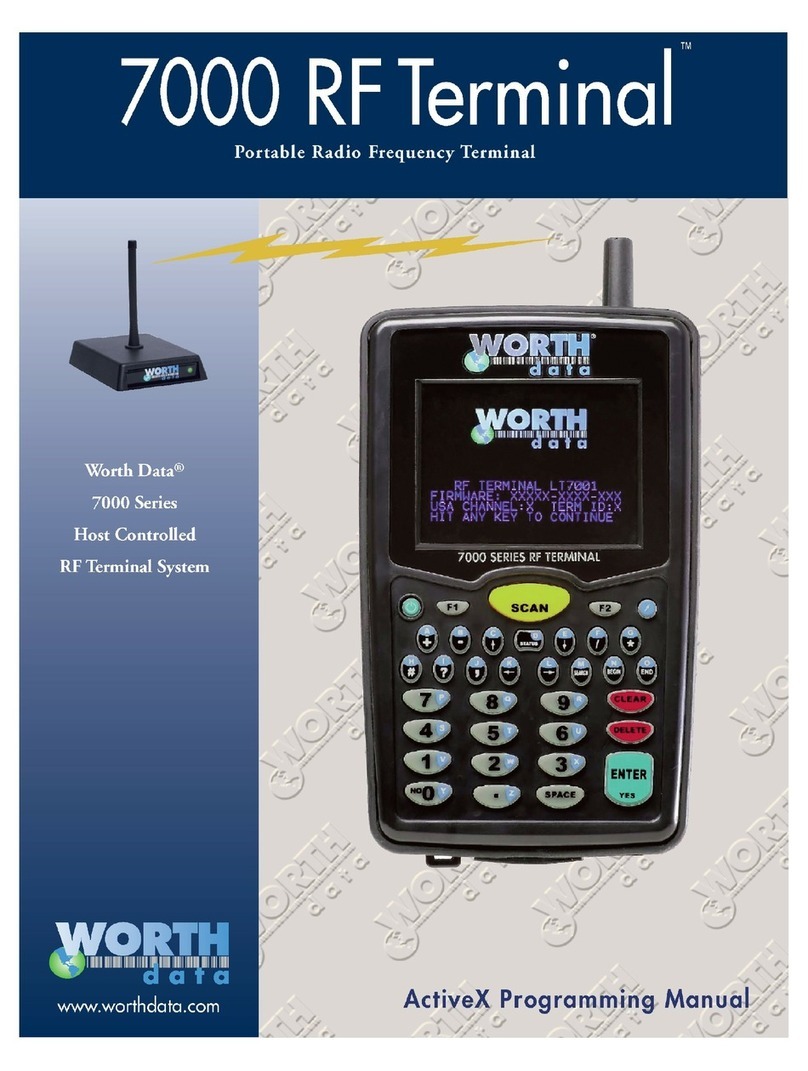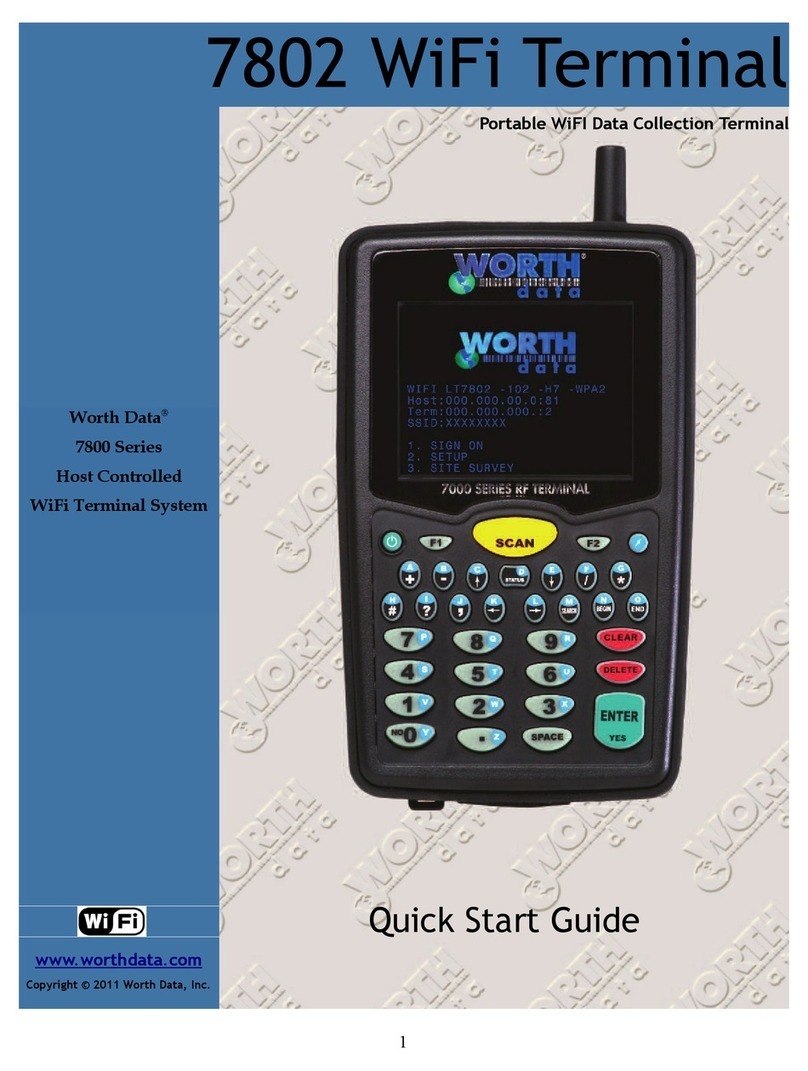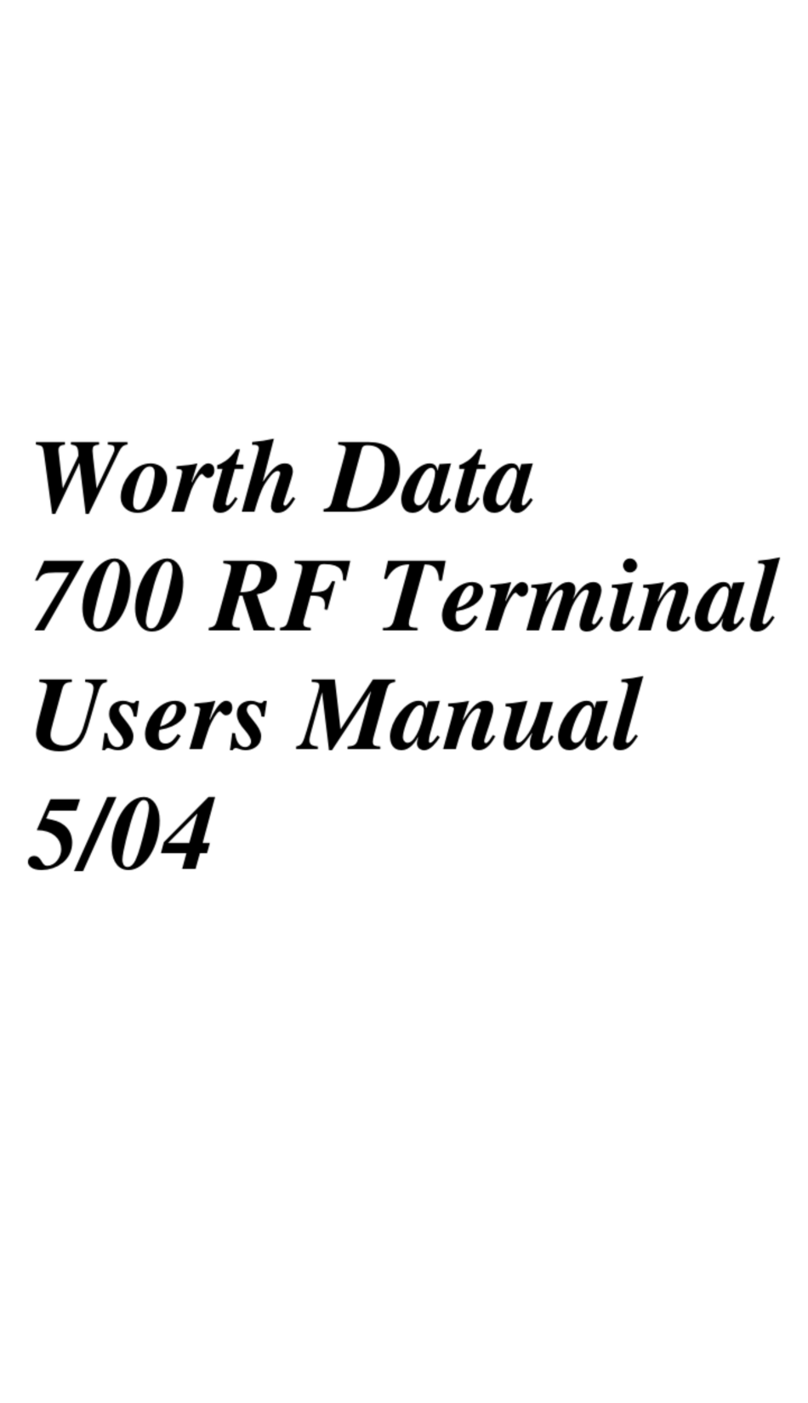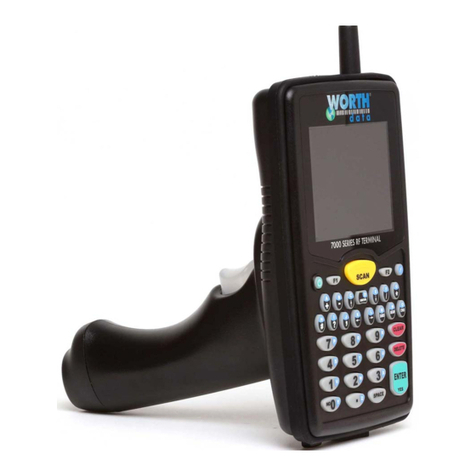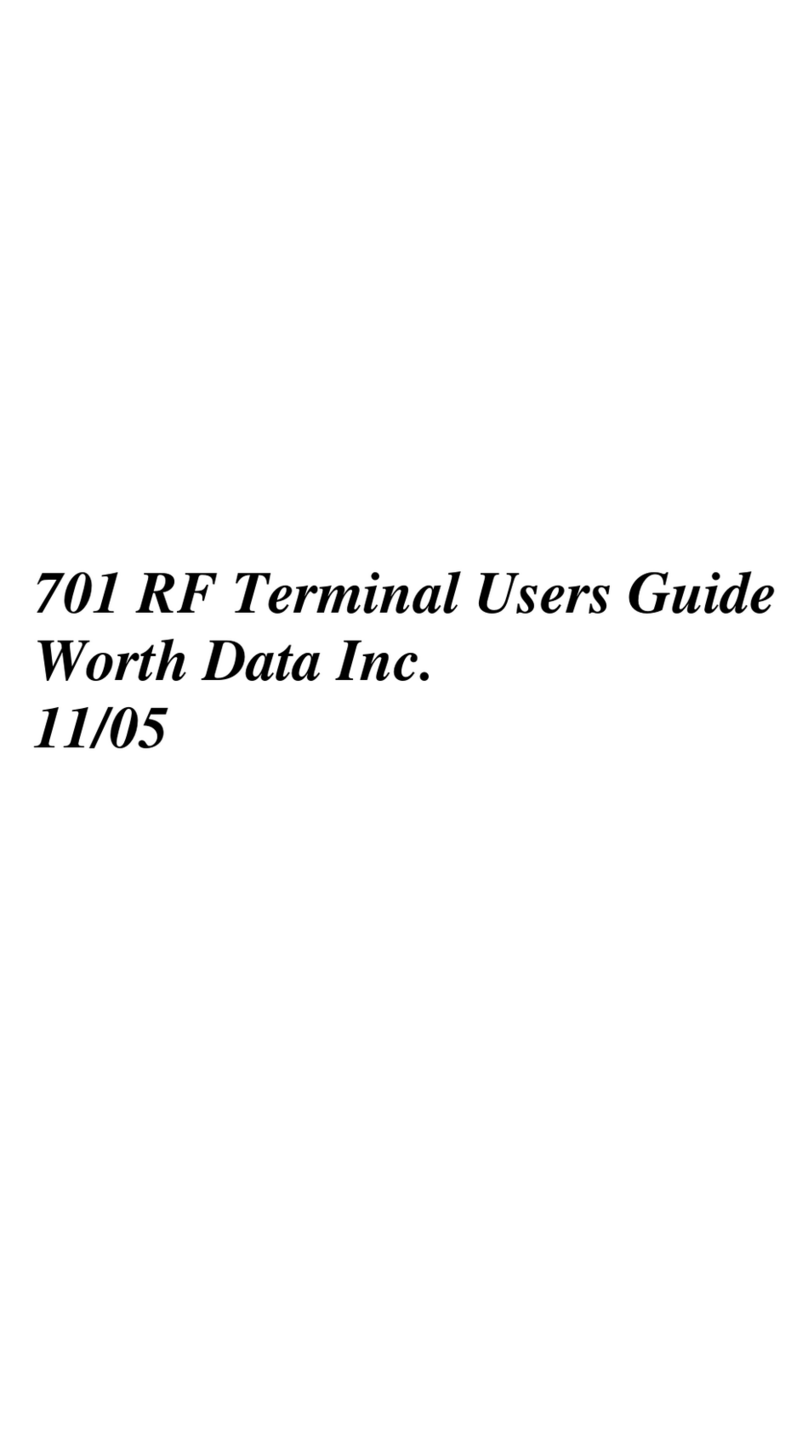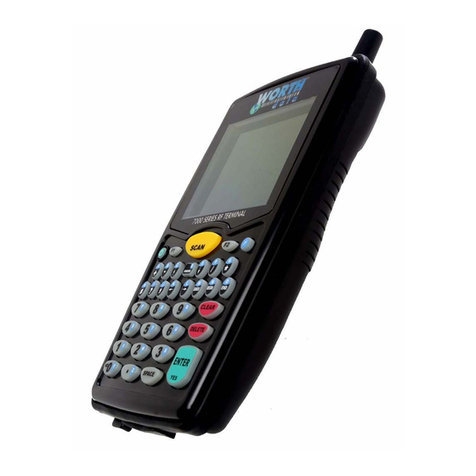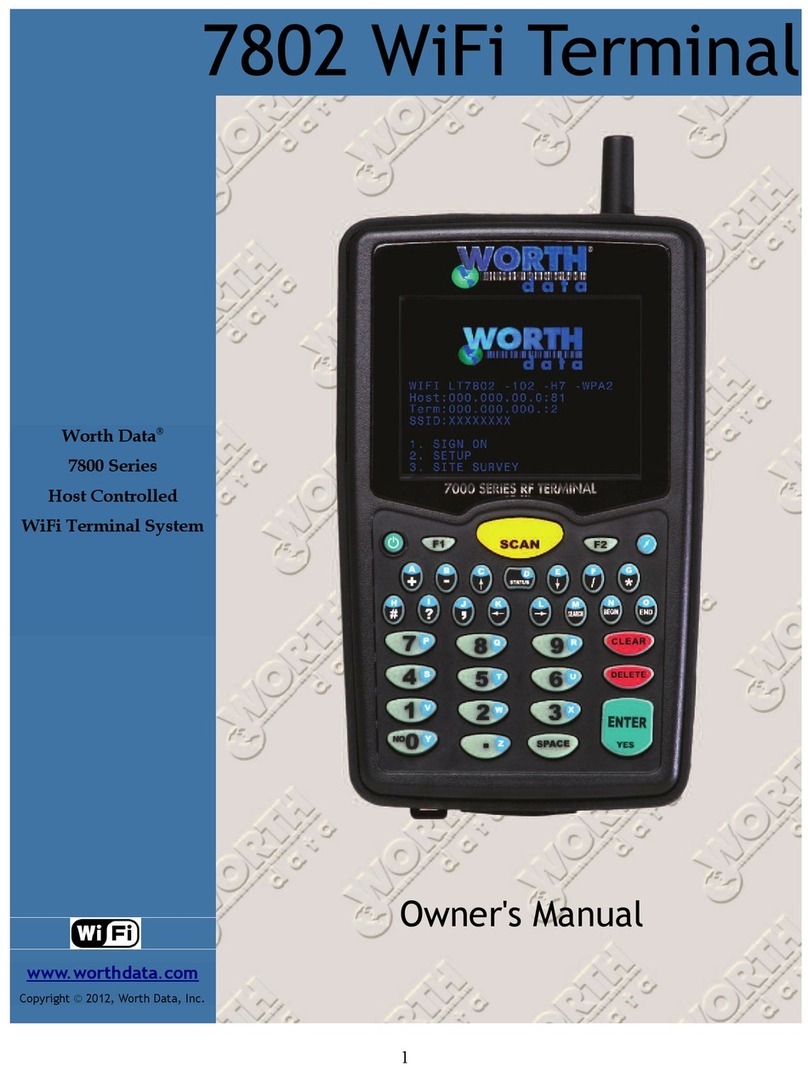
This equipment has been tested and found to comply with the limits for a Class A digital device, pursuant to
Part 15 of the FCC ules. These limits are designed to provide reasonable protection against harmful
interference in a residential installation. This equipment generates, uses and can radiate radio frequency energy
and, if not installed and used in accordance with the instructions, may cause harmful interference to radio
communications. However, there is no guarantee that interference will not occur in a particular installation. If
this equipment does cause harmful interference to radio or television reception, which can be determined by
turning the equipment off and on, the user is encouraged to try to correct the interference by one or more of the
following measures:
•eorient or relocate the receiving antenna.
•Increase the separation between the equipment and receiver.
•Connect the equipment into an outlet on a circuit different from that to which the receiver is connected.
•Consult the dealer or an experienced radio/TV technician for help.
Shielded cables and I/O cords must be used with this equipment to comply with the relevant FCC regulations.
Changes or modifications not expressly approved in writing by Worth Data may void the user's authority to
operate this equipment.
This device complies with Part 15 of the FCC ules. Operation is subject to the following two conditions: (1)
this device may not cause harmful interference, and 2) this device must accept any interference received,
including interference that may cause undesired operation.
This device complies with SS-210 of Industry Canada. Operation is subject to the following two conditions: 1)
this device may not cause interference, and 2) this device must accept any interference, including interference
that may cause undesired operation of the device.
The 7001 F Terminal and B5001 Base Station have been approved for use in the United States and Canada as
a low power frequency hopping spread-spectrum radio operating in the unlicensed 915 MHz frequency range.
The LT7001 model of this product has a laser scanner integrated with the Terminal as
one unit. The laser used is a Class II Laser Product and has a 1.2 Milliwatt Output. To
operate the laser scanner, aim the top of the case at a bar code, and press the yellow
scan key on the keyboard of the F Terminal. The light source will turn off, once a
successful scan has occurred or 2.5 seconds has elapsed, whichever is first. Do not
look directly into the laser light source with the "Scan Key" depressed; avoid direct
eye contact with the laser light source.
The LTnnnn models of the RF Terminal are covered by one or more of the following
U.S. Patents:
There are no user adjustments or
maintenance operations to be performed
on the integrated laser scanner.
Patent # 4,360,798 4,369,361 4,387,297 4,460,120
4,496,831 4,593,186 4,603,262 4,607,156 4,652,750
4673,805 4,736,095 4,758,717 4,816,660 4,845,350
4,896,026 4,897,532 4,923,281 4,933,538 4,992,717
5,015,833 5017765 5,021,641 5,029,183 5,047,617
5,103,461 5,113,445 5,140,144 5,142,550 5,149,950
5,157,687 5,168,148 5,168,149 5,180,904 5,229,591
5,230,088 5,235,167 5,243,655 5,247,162 5,250,791
5,250,792 5,262,627 5,280,163 5,280,164 5,280,498
5,304,786 5,304,788 5,321,246 5,377,361 5,367,151
5,373,148 5,378,882 5,396,053 5,396,055 5,399,646
5,408,081 5,410,139 5,410,140 5,412,198 5,418,812
4,420,411 5,436,440 5,444,231 5,449,891 5,449,893
5,468,949 5,479,000 5,479,002 5,479,441 5,504,322
5,528,621 5,532,469 5,543,610 5,545,889 5,552,592
5,578,810 5,589,680 5,612,531
